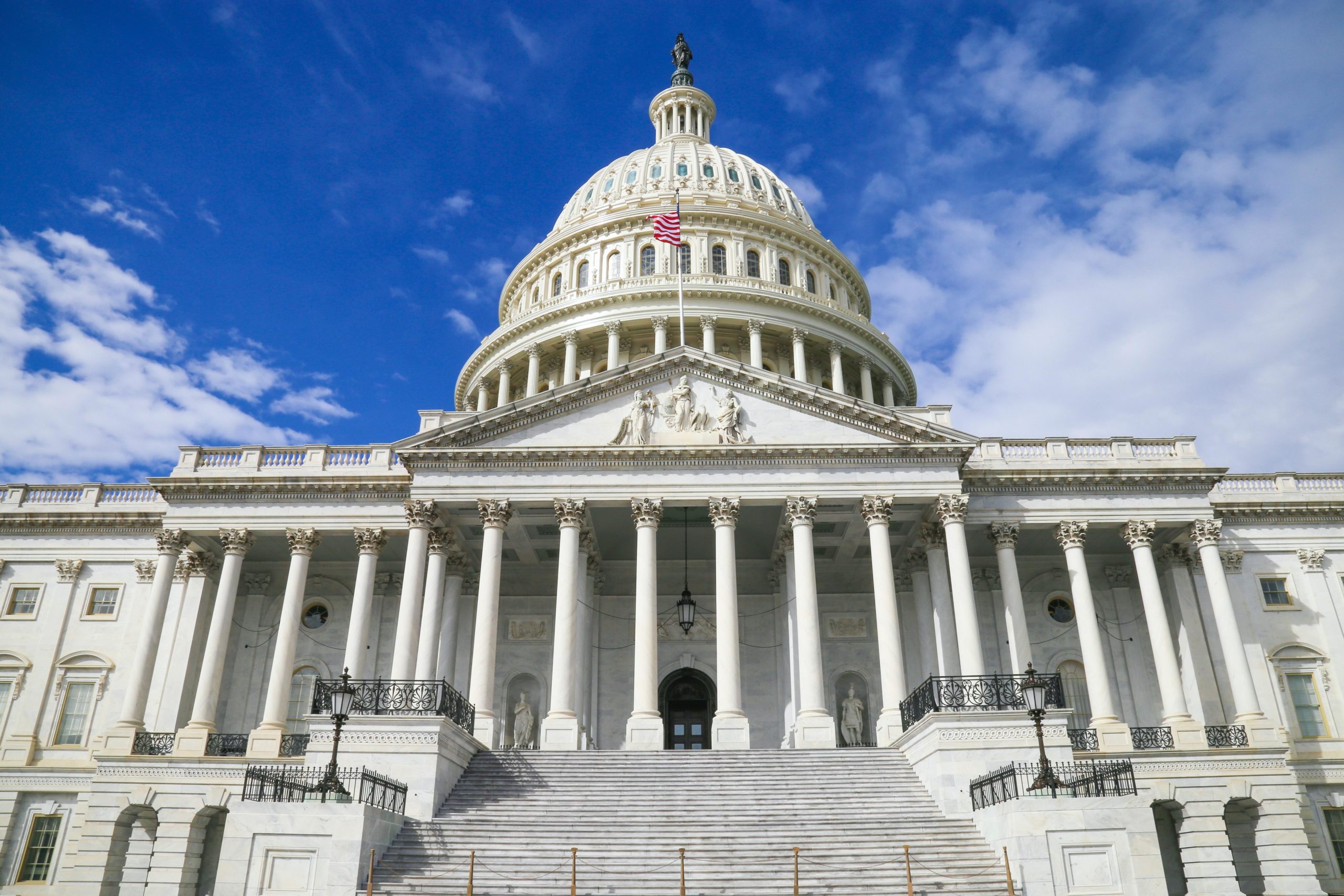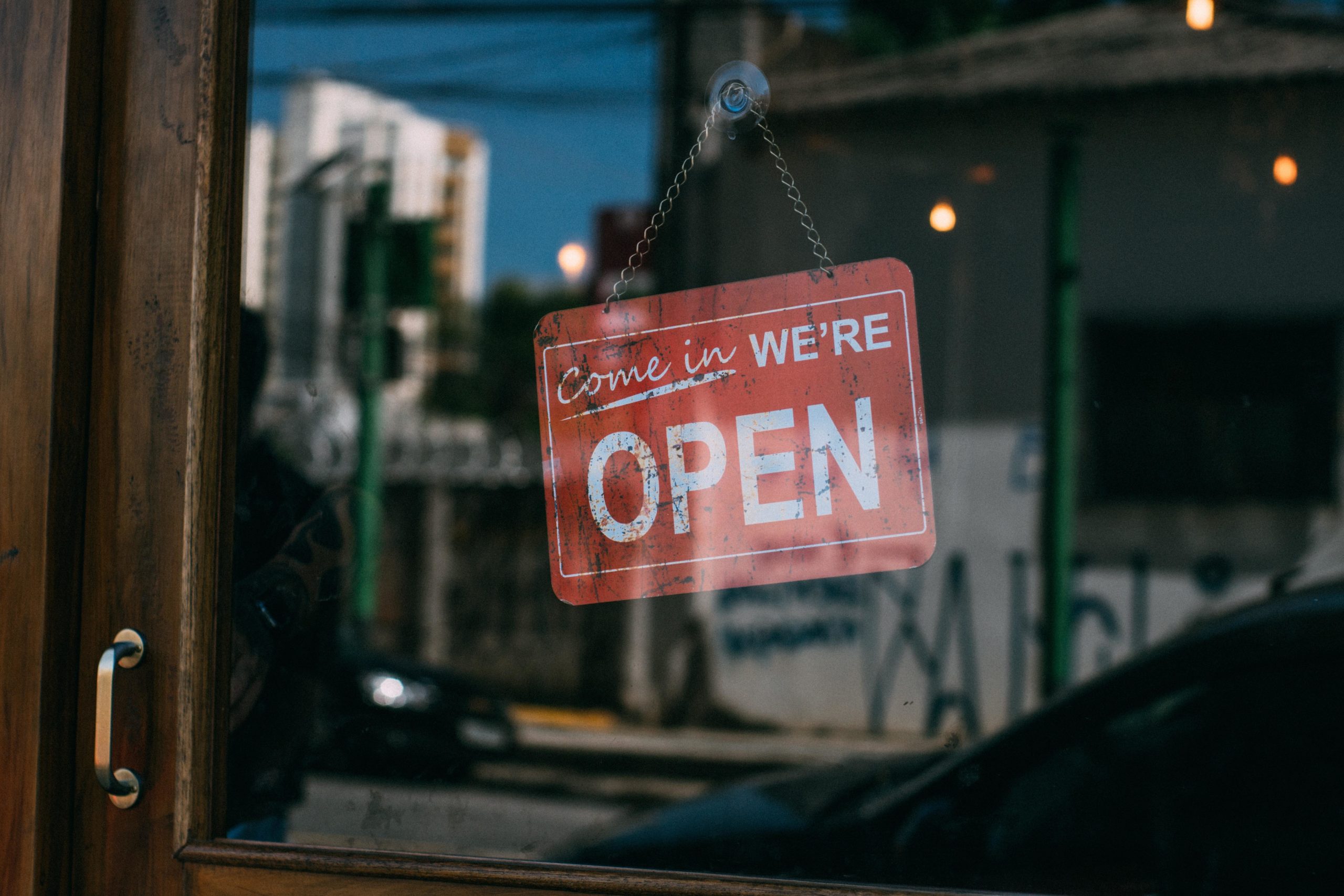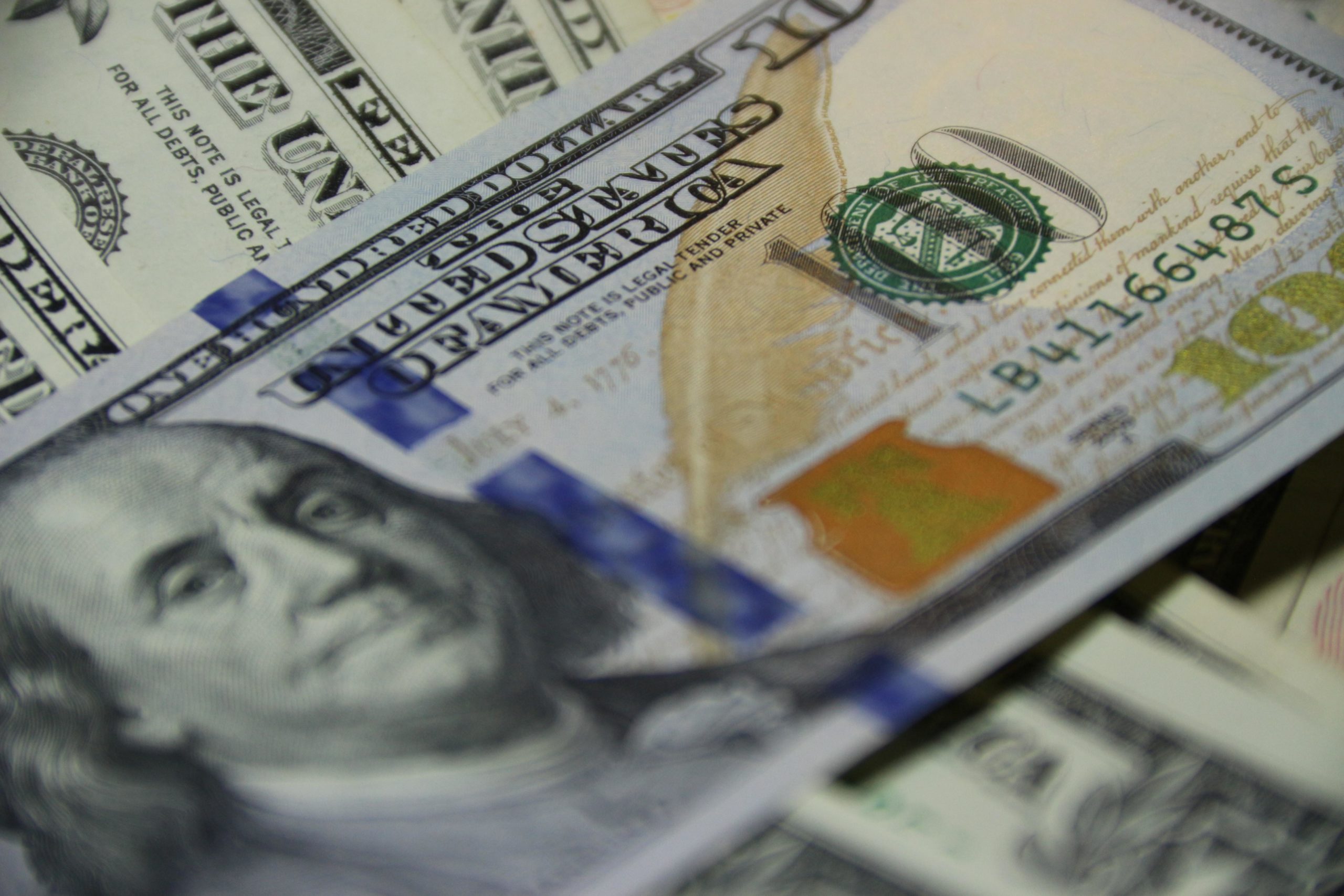
Nearly every day we hear tragic news of individuals and businesses suffering from the fallout of the coronavirus. This led the government to pass an enormous 2-Trillion dollar stimulus bill, the CARES Ac t , near the end of March. This bill provided for a variety of programs to assist individuals and businesses alike. Everything from payments to individuals, waiver of required distributions, possible loans for small businesses, and much more. One of the more popular programs aimed at small businesses was the Paycheck Protection Program. This part of the bill provided loans to eligible small businesses where some of the proceeds could be forgiven, tax free, if used for certain expenses. Nearly $350 billion were allocated to the program. However, there was such a high demand for these loans that the program ran out of funding as quickly as about two weeks ago , less than a month later. Late last week Congress passed another stimulus bill adding additional funding to the Paycheck Protection Program, which was signed into law by the President Friday.
What is the additional stimulus for small businesses?
The bill which passed Congress yesterday totaled nearly $500 billion dollars. The majority of the funding, about $310 billion, going towards replenishing part of the Paycheck Protection Program. Approximately $250 billion will be directly going to refund the program. Another $60 billion will be specifically set aside for small businesses that do not have established banking relationships , which was an issue for many businesses trying to get loans initially.
The loans were given out on a first come first serve basis. If you tried to get a loan the last time around and were not able to, you may get another chance to apply. Based on the demand from the previous bill, it is likely that funding will run out quickly for this additional funding as well. Of course, there is a possibility for additional funding in future bills, but this is not guaranteed. If this is a program that you are interested in, which will help your business bridge the gap between now and when things return to some semblance of normal, you should apply as soon as possible.
As for the amounts specifically allocated to small businesses without a banking relationship, there is limited guidance on how these loans are to be handled at this time. With the bill being so new, we are sure additional details will emerge on how these loans are to be handled in the coming days. We suggest that you follow the Small Business Administration page for the most up to date details about the program.
Are self-employed individuals eligible, even if you have no employees?
Yes. If you are self-employed you can be eligible for a Paycheck Protection Program loan even if you don’t have any employees, according to guidance from the Small Business Association (SBA) . There are a few requirements you must mee t in order to qualify:
-
You must have been in operation on 2/15/20
-
You are an individual with self-employment income
-
Your principal residence is in the US
-
You have filed, or will file, a Form 1040 Schedule C
If you meet these criteria, you are eligible to apply. However, different rules apply if you are member of a partnership. Please refer to the link above for those details.
If you have no employees, there is a different calculation for determining your maximum loan amount:
- Use your 2019 Schedule C line 31 net profit amount. If it is over $100,000, reduce it to $100,000. If it is $0 or less, you are not eligible to apply for a PPP loan. If you have not filed your 2019 return yet, because the filing deadline is July 15th now , they ask that you at least fill out your Schedule C for use in this calculation.
- Calculate the average monthly net profit by dividing the amount from the previous step by 12.
- Multiply the amount from step 2 by 2.5
- If applicable, add the outstanding amount of any Economic Injury Disaster Loan from 1/31/20 – 4/3/20 that you are looking to refinance. Also, subtract the amount of any advance under an EIDL COVID-19 loan, if applicable.
For those with employees, or who need additional clarification, please refer to the SBA referenced above.
Summary
These are trying times for individuals and business alike. The Paycheck Protection Program is intended to be a lifeline for small businesses to get them through these difficult day and weeks ahead . This is true whether you are a small business with employees, sole proprietor, or an independent contractor. If you’re an individual who would like assistance with your own financial matters we suggest that you reach out to our team for more information .


